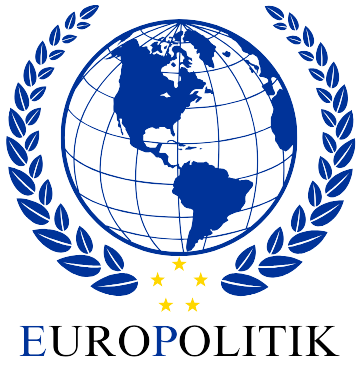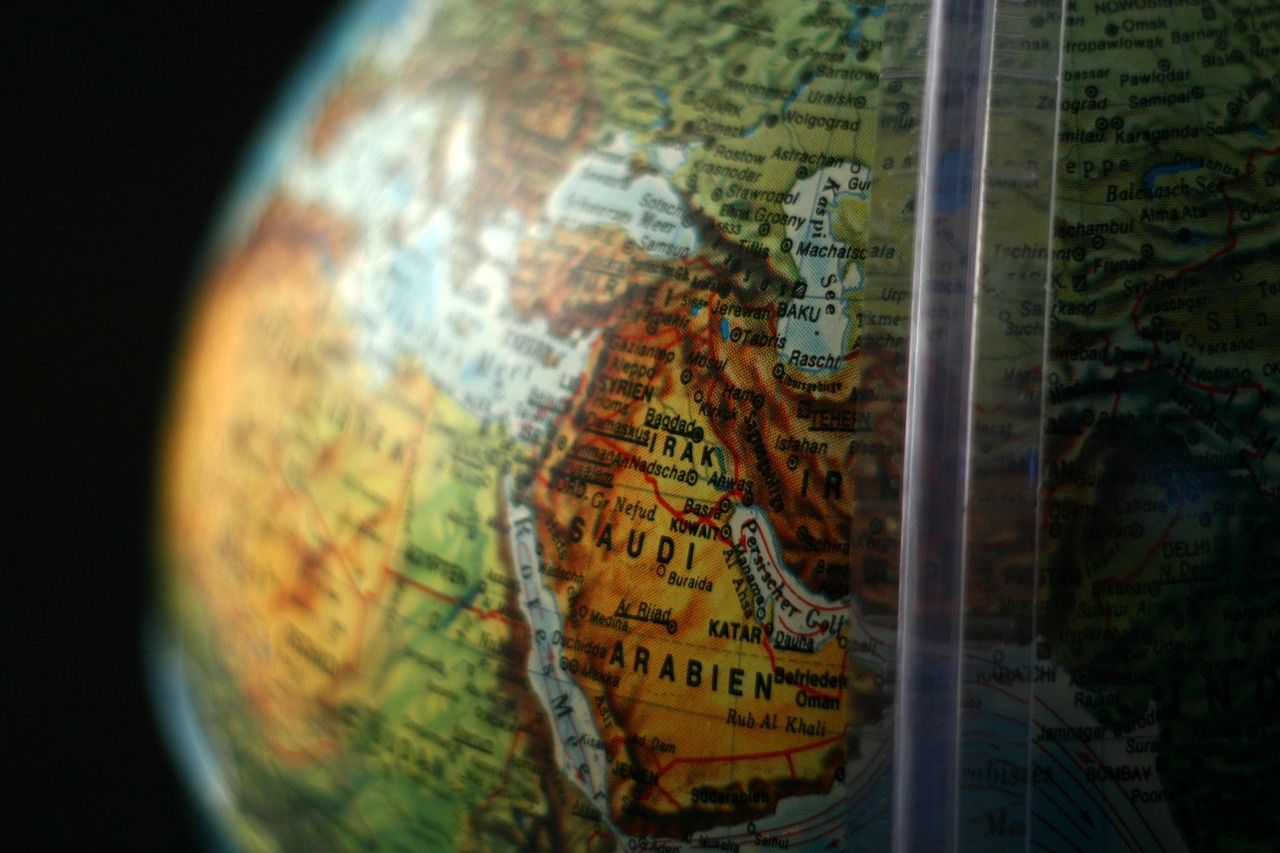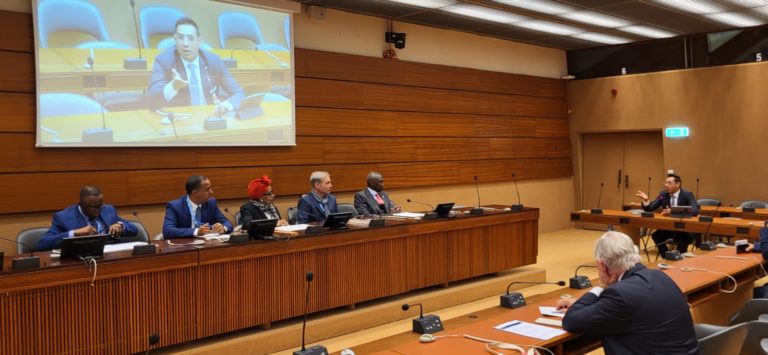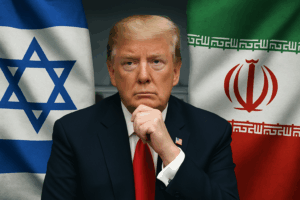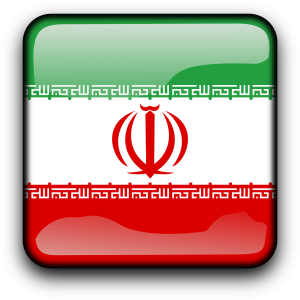By Sébastien Boussois *
A few days before his inauguration at the White House on January 20, Donald Trump was fuming to his close advisers about Benjamin Netanyahu, furiously telling one of them: “There is no way that (…) Netanyahu is going to ruin my ceremony!” After months of deadlock on the Democrats’ side, only a few days remained to secure the release of the first Israeli hostages after 13 months (already under Qatar’s mediation) and to achieve an initial diplomatic success for the new Republican administration. And to show that he was the “best”!

While he had promised to resolve the wars in Ukraine and Gaza quickly, Trump and his transition team had already taken the lead since last November, conducting joint negotiations with Biden’s advisers to secure a ceasefire and the release of Israeli hostages in Gaza before taking office. The task was not easy, and Trump knew it. The dream of securing two ceasefires before his inauguration quickly faded. Indeed, the operation between Russia and Ukraine turned out to be more complex than expected—Trump blamed President Putin for this—so he decided to focus all his efforts on the Israel-Palestine issue. At the very least, he needed to secure an agreement to have something strong and tangible to present on day one to international opinion and prove that the political “bulldozer” was back—that it wasn’t just talk and rhetoric. He had to cut through the Democrats’ weakness.
The art of the “deal” is his obsession. And he applies it with both enemies and allies. Once again, while many experts in Europe argued that the 47th U.S. President was hand in glove with the Kremlin leader and the Israeli Prime Minister, it became clear that Trump did not, in fact, have omnipotent control over the two figures. More importantly, it became evident to the world that he wouldn’t let his so-called “friends” get away with everything. With Putin resisting the idea of a European-led international peacekeeping force in Ukraine in case of a signed agreement, it was Netanyahu’s turn to stall, just as Hamas had done for weeks, before finally sealing a deal as quickly as possible before Inauguration Day. Anxiety grew among Trump’s inner circle.
Netanyahu knew he had a lot to lose by making compromises, starting with his own hold on power—a lesson he had learned the hard way in 1996. But Trump’s special envoy, Steven Witkoff, a real estate investor suddenly elevated to the role of Middle East envoy, carried out a diplomatic maneuver that Biden had never managed. Despite 15 months of discussions, proposals, and trips by Antony Blinken to the Middle East, the former president had been missing one key element that Trump had in abundance: boldness. What Israelis call chutzpah—audacity. The billionaire applied his signature strategy: maximum pressure to ultimately force Benjamin Netanyahu to yield. The Prime Minister could not afford to be ousted under a departing American Democrat, but he could hope for strong guarantees from the future Republican president that the outgoing administration could no longer offer.
In the end, the first three hostages were released from Gaza on January 19, just one day before the inauguration. The event was widely covered by international media, though cautiously—this was not, after all, a peace deal. They were also cautious about attributing this significant diplomatic success to any one party. As Joe Biden spent his final moments in office proudly announcing the release and claiming a major share of the credit, Trump pulled the spotlight his way, declaring on his social network that the achievement belonged entirely to his advisers, particularly Steven Witkoff. Now, nothing is certain, and the success or failure of the ongoing truce rests entirely on Trump’s shoulders. The ceasefire is fragile and stretched over time—its greatest enemy in the Middle East. Everything could fall apart again regarding the planned hostage releases over the coming weeks.
Then will come the crucial moment to make decisions that must satisfy all sides on major, high-stakes issues: the return of displaced people, the withdrawal of the Israeli army, the fate of Hamas—far from being eradicated—the future administration of Gaza, and the Palestinian state. On this last point, the American president has been clear from the outset: not under his watch. But in the Middle East, nothing is ever definitive—neither peace nor war. For now, the best Trump can achieve is to revert to the political strategy that has worked least poorly in the region: maintaining the status quo. Providing guarantees to Israel, containing the Palestinians, and restoring daily life without fundamentally changing the situation. That would be the least harmful outcome after more than a year of bloody war on both sides—nothing more.
Doctor in political science, researcher on the Arab world and geopolitics, lecturer in international relations at IHECS (Brussels), associate at CNAM Paris (Security & Defense Team), the Institute of Applied Geopolitical Studies (IEGA Paris), the Nordic Center for Conflict Transformation (NCCT Stockholm), and the Geostrategic Observatory of Geneva (Switzerland).
